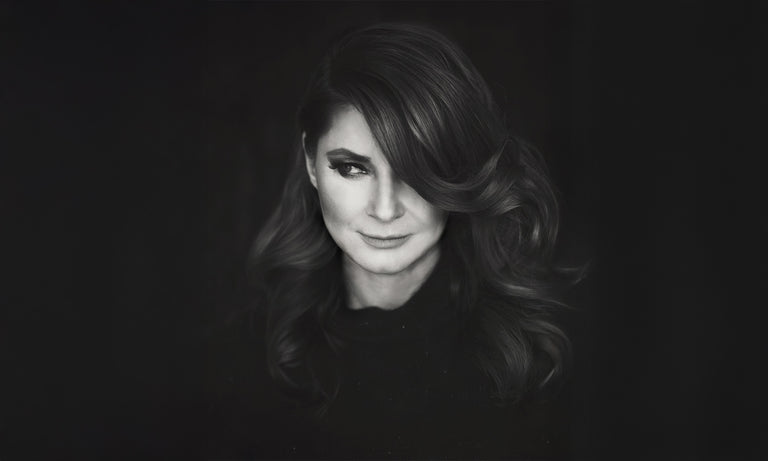
Blog

Return period of 30 days
Free shipping for orders over €250
Your cart is currently empty.
Get inspiredLoading wishlist
Your wishlist is currently empty.
Get inspiredPopular searches
This company meets high standards of social and environmental impact.
This company meets high standards of social and environmental impact.
© 2025 Marlies Dekkers






